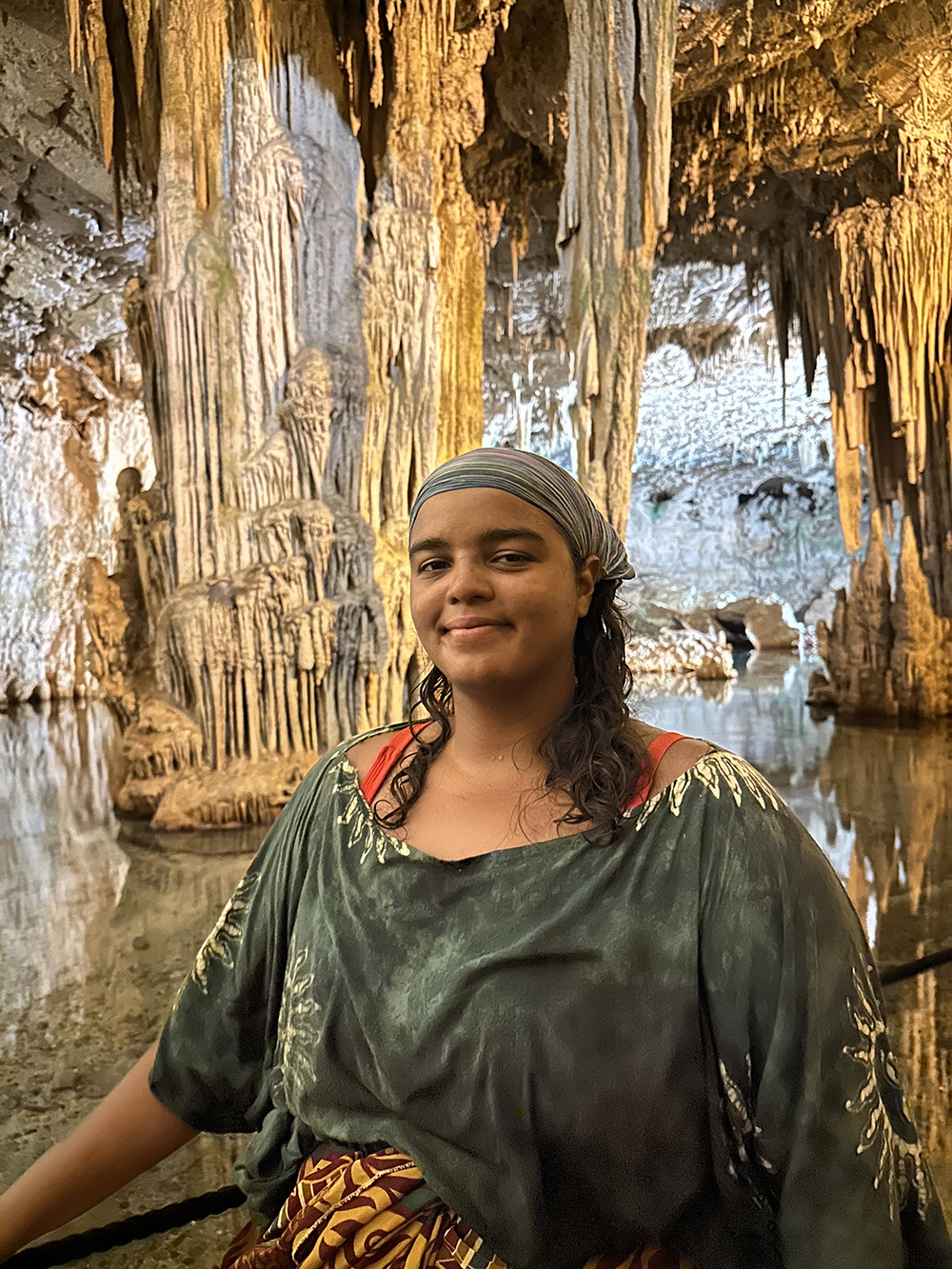
Paula Gaither
My dissertation applies a comparative methodology to demonstrate how modern racial categories have obscured our understanding of the ancient Roman empire. Aethiops, literally meaning “burnt-face,” was the term used to refer to dark-skinned peoples in Latin. The figure of the Aethiops in ancient Roman art has been racialized within the modern category of blackness in museum displays and scholarship. I ask, instead, what did the Aethiops mean in ancient Roman visual culture? Through an analysis of artifacts categorized as “African” in three museums (the British Museum, the Metropolitan Museum of Art, and the Museo Archeologico Nazionale di Napoli), I deconstruct the modern racialization of the Aethiops. Then, I situate the artifacts within their archaeological contexts and ancient Roman visual culture, more broadly. I have found that the phenotypical markers used to identify the Aethiops in modern scholarship ignores the important information communicated by other elements of the iconography such as: posture, expression, gender, and labor. My work focuses on the figure of the Aethiops as the key to understanding how racialization functioned in the ancient Roman world.